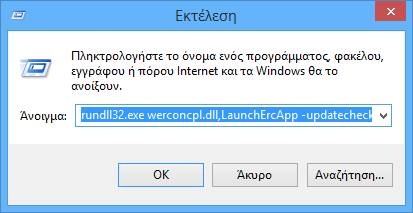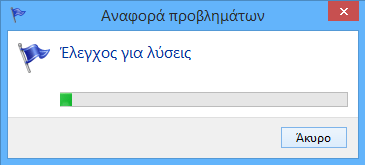If a program stops working or responding, Windows can automatically report the problem and check for a solution. From beforechoice, The Windows 8.1, Windows 7 and Vista collect information that describes the problem, with one service called a problem report.
The problem report may include details such as the name of the program that has stopped running, the date and time when the problem occurred, and the version of the program that has encountered the problem. When you send a problem report, you allow Windows to notify you if a solution is available. In this article, we'll look at how to quickly check if troubleshooting solutions are available.
Press the keys Win + R on the keyboard at the same time. The Run dialog will appear on the screen. Type the following command:
rundll32.exe werconcpl.dll, LaunchErcApp -updatecheck
Press it key Enter, and Windows will immediately start checking for available solutions for your computer's problem reports.
You might want to make one shortcut for this command on your desktop or anywhere else so you can immediately start checking for problem reports. Just right click on your surface > Create > Shortcut > In type the location of the item copy-paste the command above > press Next > Give a name you like > press Finish
Bonus Tip: If you want to open the Check for Solutions window and selectively check for solutions only for certain problems, use this command to open the page directly:
control.exe / name Microsoft.ActionCenter / page pageSignoff








